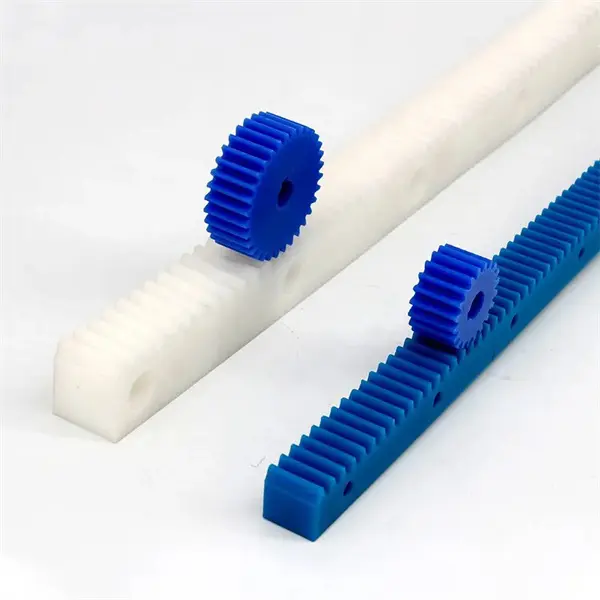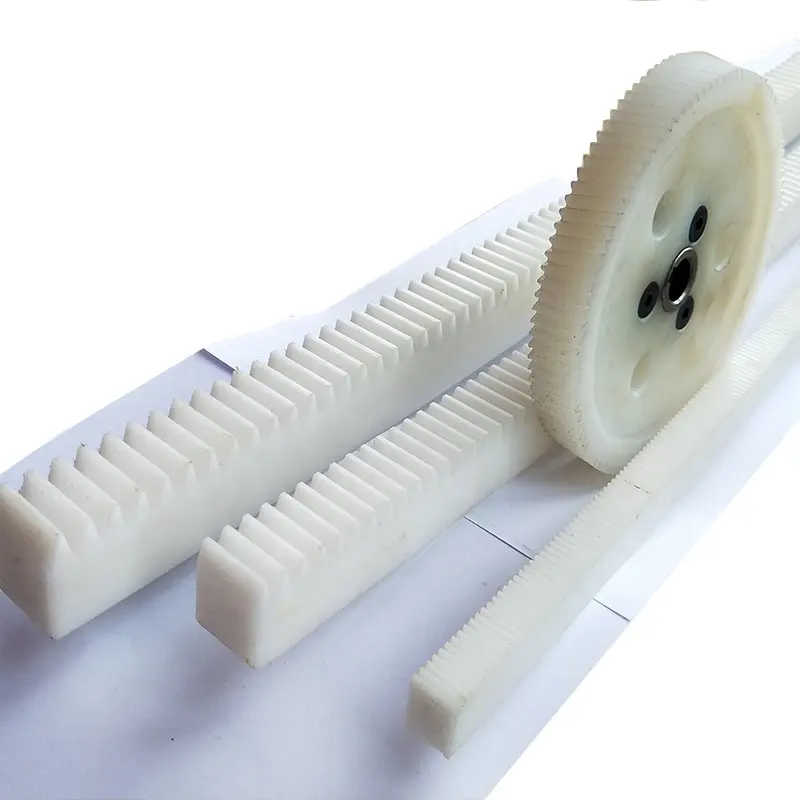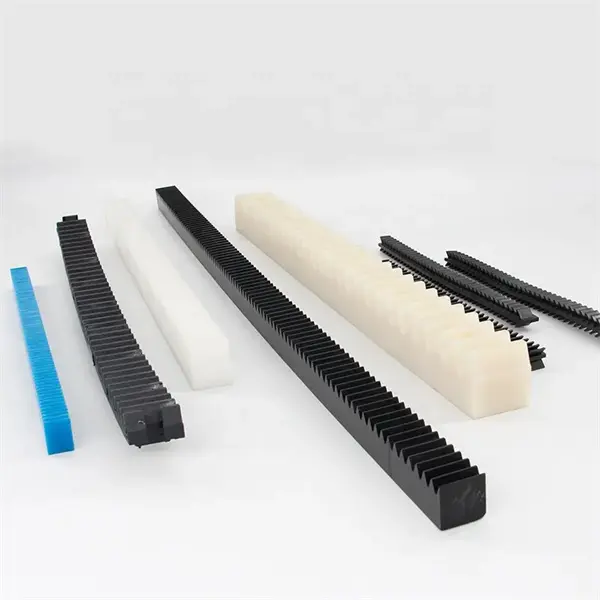Product Description
About us
ZheJiang CHINAMFG Auto Parts Co., Ltd. is a company specializing in the production and processing of steering gear assembly and other products, with a complete and scientific quality management system. The integrity, strength and product quality of ZheJiang CHINAMFG Auto Parts Co., Ltd. have been recognized by the industry. Welcome friends from all walks of life to visit, guide and business negotiation.
Product Description
45510-12361 electric steering rack and pinion for CHINAMFG Rumion
| product name | WT-1015 steering rack and pinon |
| brand | WOTIAN |
| Fitment | Toyota Rumion ZRE152 2009-2015 |
| Xihu (West Lake) Dis. drive | Right hand drive |
| OE number | 45510-12361 |
| quality | 100% tested |
| warranty | 12 months |
| Packing | neutral packing/customizable |
| Delivery Time | within 7 business days |
| Payment | L/C,T/T,Western Union |
1,Are you factory?
Yes,We are professional factory of steering racks.
2. Do you have neutral packing?
Yes, we have neutral packing ,or depends on customer’s require.
3. How long times guarantee of your product?
As general, 12 months
Electronic product, 6 month guarantee.
4. What could you do if customer return good?
Change a new one, or customer send it back to us and we return money.
5. How long for delivery time after order paid?
As usual, all products are in stock, 3-10 days. If not in stock, need more days.
/* January 22, 2571 19:08:37 */!function(){function s(e,r){var a,o={};try{e&&e.split(“,”).forEach(function(e,t){e&&(a=e.match(/(.*?):(.*)$/))&&1
| After-sales Service: | Yes |
|---|---|
| Warranty: | 12 Months |
| Type: | Steering Gears/Shaft |
| Material: | Aluminum Steel Rubber |
| Certification: | ISO |
| Standard: | Standard |
| Samples: |
US$ 100/Piece
1 Piece(Min.Order) | |
|---|
| Customization: |
Available
| Customized Request |
|---|

How do rack and pinion systems handle different gear ratios?
Rack and pinion systems are capable of accommodating different gear ratios to achieve specific mechanical advantages and motion characteristics. Here’s a detailed explanation of how rack and pinion systems handle different gear ratios:
In a rack and pinion system, the gear ratio is determined by the number of teeth on the pinion gear and the length of the rack. The gear ratio defines the relationship between the rotational motion of the pinion and the linear motion of the rack. Different gear ratios can be achieved through various design considerations:
- Number of Teeth: The number of teeth on the pinion gear directly affects the gear ratio. A larger number of teeth on the pinion gear compared to the number of rack teeth results in a higher gear ratio, providing increased mechanical advantage and slower linear motion of the rack per revolution of the pinion. Conversely, a smaller number of pinion teeth relative to the rack teeth yields a lower gear ratio, delivering higher linear speed but reduced mechanical advantage.
- Pitch Diameter: The pitch diameter of the pinion gear, which is the diameter of the imaginary circle formed by the gear teeth, also influences the gear ratio. Increasing the pitch diameter of the pinion relative to the rack diameter leads to a higher gear ratio, while decreasing the pitch diameter results in a lower gear ratio. By adjusting the pitch diameters of the pinion and rack, different gear ratios can be achieved.
- Module or Diametral Pitch: The module (for metric systems) or diametral pitch (for inch systems) is a parameter that defines the size and spacing of the teeth on the gear. By selecting different module or diametral pitch values, the gear ratio can be adjusted. A larger module or lower diametral pitch leads to a lower gear ratio, while a smaller module or higher diametral pitch results in a higher gear ratio.
- Multiple Stages: Rack and pinion systems can also incorporate multiple stages of gears to achieve complex gear ratios. By combining multiple pinion gears and racks, each with different tooth counts, gear ratios can be multiplied or divided to achieve the desired overall gear ratio. This approach allows for more flexibility in achieving specific motion requirements and torque transmission characteristics.
When selecting the appropriate gear ratio for a rack and pinion system, several factors should be considered, such as the desired linear speed, torque requirements, precision, and system constraints. Higher gear ratios provide increased mechanical advantage and torque multiplication, which is advantageous for applications requiring heavy loads or precise motion control. Lower gear ratios, on the other hand, offer higher linear speed and reduced mechanical advantage, suitable for applications that prioritize rapid movements.
It’s important to note that changing the gear ratio in a rack and pinion system may impact other performance aspects, such as backlash, load distribution, and system efficiency. Proper design considerations, tooth profile selection, and material choices should be made to ensure optimal performance and reliability while maintaining the desired gear ratio.

How do rack and pinion systems handle variations in backlash and precision?
Rack and pinion systems are designed to minimize variations in backlash and ensure high precision in motion control. Here’s a detailed explanation of how rack and pinion systems handle variations in backlash and precision:
Backlash in Rack and Pinion Systems:
Backlash refers to the play or clearance between the teeth of the pinion and the rack in a rack and pinion system. It can result in a loss of precision and accuracy in motion control. However, there are several strategies employed to handle variations in backlash:
- Precision Manufacturing: Rack and pinion systems are manufactured with high precision to minimize backlash. The teeth of both the pinion and the rack are carefully machined to ensure accurate tooth profiles and proper tooth engagement. Precision manufacturing techniques, such as grinding and honing, are utilized to achieve tight tolerances and reduce backlash to a minimum.
- Preload Mechanisms: Preload mechanisms can be incorporated into rack and pinion systems to reduce or eliminate backlash. These mechanisms apply a slight force or tension to the pinion and the rack, ensuring constant contact between the teeth. By eliminating the clearance between the teeth, preload mechanisms minimize backlash and enhance precision. Common preload mechanisms include spring-loaded systems, adjustable shims, and anti-backlash devices.
- Compensation Techniques: Compensation techniques can be employed to handle variations in backlash. These techniques involve implementing controls or software algorithms that account for the expected backlash and compensate for it during motion control. By applying appropriate corrections and adjustments, the system can achieve the desired precision and accuracy, even in the presence of backlash.
Precision in Rack and Pinion Systems:
Precision in rack and pinion systems refers to the ability to achieve accurate and repeatable motion control. Several factors contribute to maintaining precision in rack and pinion systems:
- Rigidity and Structural Integrity: The rigidity and structural integrity of the rack and pinion system play a crucial role in maintaining precision. Stiffness in the system ensures minimal deflection or deformation during operation, allowing for accurate positioning and motion control. Proper selection of materials, adequate sizing of components, and robust construction are essential for maintaining precision.
- Lubrication and Maintenance: Proper lubrication is important for reducing friction and wear in rack and pinion systems. Adequate lubrication minimizes variations in friction, ensuring smooth and consistent motion. Regular maintenance, including lubrication checks and cleaning, helps to preserve precision over time and prevent degradation in performance.
- System Alignment: Precise alignment of the rack and pinion system is critical for maintaining precision. Proper alignment ensures accurate tooth engagement and minimizes variations in backlash. Alignment procedures may involve careful adjustment of mounting positions, gear meshing, and system calibration to achieve optimal precision.
By employing precision manufacturing techniques, incorporating preload mechanisms, utilizing compensation techniques, ensuring system rigidity, implementing effective lubrication and maintenance practices, and maintaining proper system alignment, rack and pinion systems can handle variations in backlash and maintain high precision in motion control. These measures contribute to accurate positioning, repeatability, and reliable performance in a wide range of applications.

How does a rack and pinion compare to other mechanisms for linear motion?
When comparing a rack and pinion mechanism to other mechanisms for linear motion, several factors come into play. Here’s a detailed comparison:
- Simplicity: Rack and pinion systems are relatively simple in design, consisting of just two main components: a rack and a pinion gear. This simplicity makes them easier to manufacture, assemble, and maintain compared to more complex linear motion mechanisms.
- Precision: Rack and pinion systems offer high precision in linear motion control. The teeth on the rack and pinion gears mesh closely, minimizing backlash and allowing for accurate and repeatable motion. This precision is crucial in applications that require precise positioning and movement control.
- Efficiency: Rack and pinion systems are known for their efficiency in power transmission. The direct mechanical linkage between the rotating pinion gear and the linearly moving rack minimizes energy loss, resulting in efficient conversion of rotational motion to linear motion. This efficiency is particularly advantageous in applications where energy conservation is important.
- Load Capacity: Rack and pinion systems can handle a wide range of load capacities, depending on the design and materials used. The teeth on the rack and pinion gears distribute the load evenly, allowing for efficient transmission of force. However, in certain high-load applications, alternative mechanisms like linear actuators or ball screw systems may offer higher load-bearing capabilities.
- Speed: Rack and pinion systems can achieve high speeds in linear motion applications. The direct engagement between the teeth on the rack and pinion allows for rapid acceleration and deceleration, making them suitable for applications that require quick and responsive movements.
- Size and Space Requirements: Rack and pinion systems have a compact design, which is advantageous in applications where space is limited. The linear nature of the rack allows for efficient packaging, making them suitable for compact machinery and equipment.
- Cost: Rack and pinion systems are generally cost-effective compared to some alternative linear motion mechanisms. Their simple design and ease of manufacturing contribute to lower production costs, making them a cost-efficient choice in many applications.
In summary, rack and pinion systems offer simplicity, precision, efficiency, and high-speed capabilities in linear motion applications. While they may have certain limitations in terms of load capacity compared to other mechanisms, their overall advantages make them a popular choice in various industries, including automotive, robotics, machinery, and automation.


editor by Dream 2024-05-06